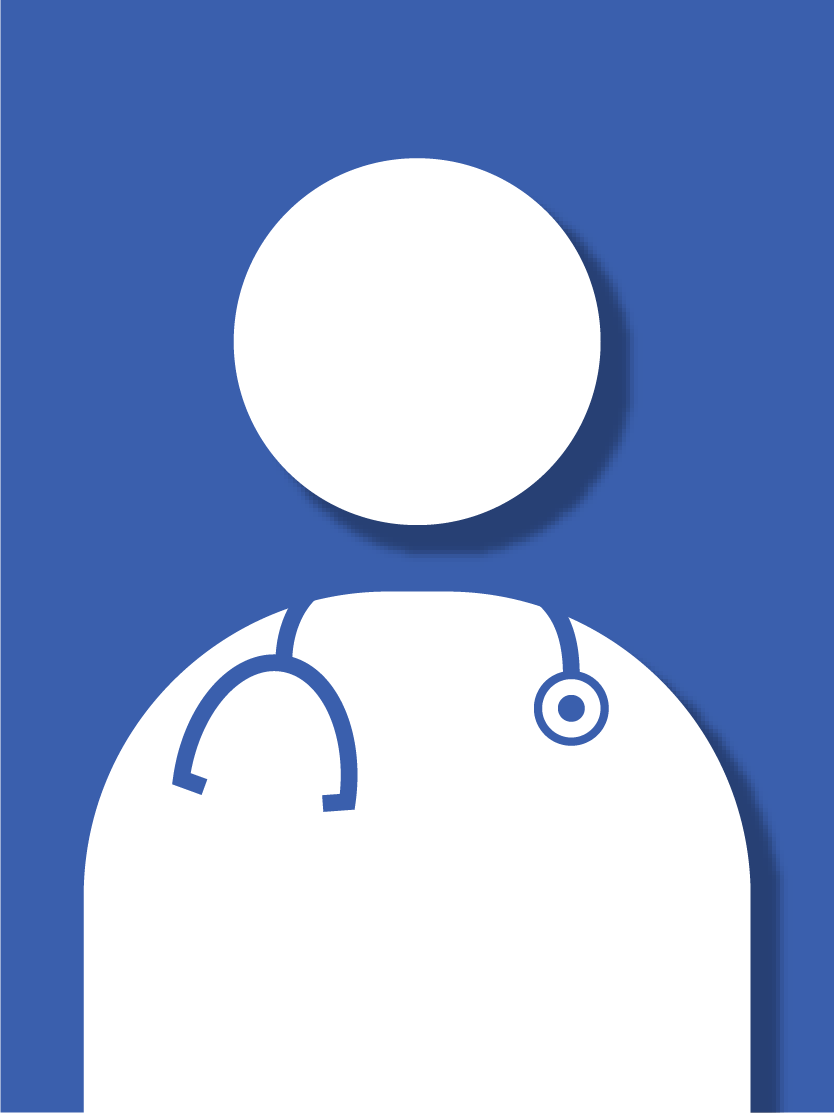Venous and arterial occlusive disease, also known as occlusive disease, occurs when plaque buildup or disease causes narrowed or blocked arteries. This reduces the flow of oxygen-rich blood. Occlusive disease most often affects arteries in the legs, but it can also occur in other areas. These areas include the arms, brain, lungs and heart. Lack of blood flow can lead to heart attack or stroke.
Types of occlusive disease include:
- Peripheral arterial occlusive disease (PAOD), also called peripheral artery disease (PAD): Blockages occur in arteries affecting the legs and feet or, less commonly, arms and hands.
- Cerebrovascular occlusive disease: Blockages occur in the carotid arteries, which carry blood to the brain. This condition can lead to stroke.
- Chronic coronary total occlusion (CTO): A blockage has been present inside a coronary artery for at least three months.
- Pulmonary veno-occlusive disease: Blockages occur in blood vessels that carry blood from the lungs to the heart.
At the Comprehensive Vascular Clinic at the UK Gill Heart & Vascular Institute, our specialists use the latest diagnostic tests and treatments to help Kentuckians with occlusive diseases.
Symptoms of occlusive disease depend on how severe it is and where the artery is blocked or narrowed. A sudden blockage causes severe pain and numbness in the affected area. This is a medical emergency. In cerebrovascular occlusive disease, a stroke can occur.
Some other common symptoms include:
- For PAD: Leg pain and cramping when walking that go away soon after resting; numbness and weakness in the leg; in advanced cases, pain that doesn’t go away when resting and sores on the feet that don’t heal
- For CTO: Chest pain, shortness of breath, extreme fatigue
- For pulmonary veno-occlusive disease: Shortness of breath, fatigue, dizziness, a chronic cough
The main cause of occlusive disease is atherosclerosis, a buildup of a sticky, fatty substance called plaque on artery walls. Plaque is made up of cholesterol, fat and calcium. Having high blood pressure or high cholesterol and smoking are common causes of plaque buildup.
Atherosclerosis also leads to coronary artery disease (CAD), which is narrowing of the arteries that supply blood to the heart. This is the most common type of heart disease and can lead to heart attack.
Following a heart-healthy lifestyle is the best way to help prevent occlusive diseases. This includes:
- Eating a healthy diet low in saturated fat
- Getting plenty of physical activity
- Lowering stress
- Managing other health conditions, such as high blood pressure and diabetes
- Not smoking, as well as avoiding secondhand smoke
- Maintaining a healthy weight
Risk factors for occlusive disease are similar to those for heart disease. They include lifestyle habits as well as other factors.
Risk factors include:
- A family history of arterial disease
- High stress levels
- Lack of exercise
- Older age
- Other conditions such as diabetes, blood clot disorders, chronic kidney disease, high blood pressure, unhealthy cholesterol levels or obesity
- Smoking
- Unhealthy diet
For most people, making healthy lifestyle changes and taking medication can slow disease progression and even reverse symptoms. However, without treatment and management, occlusive disease can lead to serious complications, such as:
- Chronic poor blood flow in the leg (critical limb ischemia), which can lead to death of tissue and amputation in severe cases
- Sores on the feet that can become infected and spread if not treated promptly
- Sudden drop in blood flow to the leg (acute limb ischemia), which is a medical emergency
- Heart failure
- Heart attack
- Stroke
In most cases, your first visit to UK HealthCare Comprehensive Vascular Clinic is a time of education and introductions. You meet members of your care team and learn about detecting, treating and managing your vascular condition.
Diagnosing vascular disease is a unique process that requires detective work. One of the most important steps toward diagnosis is listening to your story. Your team will ask a lot of questions about your symptoms and medical history. The goal is to gather all the information that can help pinpoint the source of your vascular issue.
Along with discussing your medical history, you will undergo a physical examination. Your care team will then be able to determine the proper next step to take on your diagnostic journey.
When appropriate, your team may prescribe one or more diagnostic tests. These tests typically take place on a different day, and your care team helps schedule them at your convenience. In some cases, you will undergo an ultrasound or other testing as part of your initial visit.
When coming to your first vascular appointment, plan to do the following:
- Arrive early. You may need to fill out paperwork when you arrive. Getting to your appointment early ensures you have time to complete paperwork without feeling rushed.
- Bring a current list of medications or supplements you take. You should also list any previous surgeries, symptoms you’ve experienced and other past health issues.
- Dress comfortably. Working toward a diagnosis takes time. Comfortable clothes help you remain relaxed and attentive throughout your visit. They also make it easier for your team to perform your physical exam.
- Eat and drink normally. In most cases, you won’t undergo imaging or other testing at your first visit. Therefore, there are no dietary restrictions. If specialized testing is part of your first visit, a team member will call to explain any dietary restrictions to follow for your visit. We will also mail you a letter with instructions.
- Have your insurance information on hand. UK HealthCare accepts most insurers, and financial assistance is available.
- Request a loved one to join you. Bring a family member or friend with you to take notes and ask questions you may not think of asking.
Where we are
UK HealthCare Comprehensive Vascular Clinic is located at 740 S. Limestone on the fifth floor, wing D, room L-504.
Where to park
Please park in the parking garage across the street, which is located at 140 Huguelet Drive. For easiest access, drive to the back of the garage and use one of the parking spots reserved for patients of the Comprehensive Vascular Clinic. Once inside, you can access further assistance at the information desk. Wheelchairs are available upon request.
Our vascular care experts help residents of Central Kentucky and beyond improve their vascular health every day. To improve the future of treatment and management of vascular conditions, they also participate in clinical trials.
At any given time, our staff engages in trials for new treatments and devices that provide better treatment and management of vascular conditions. By offering access to clinical trials, we provide access to vascular treatment not available at many other facilities.
If you’re a candidate for an ongoing trial, your care team will discuss the possibility with you.














